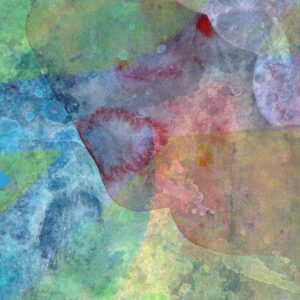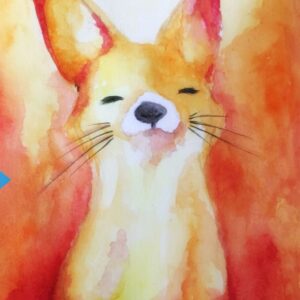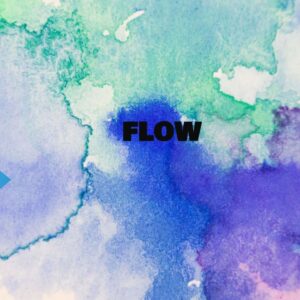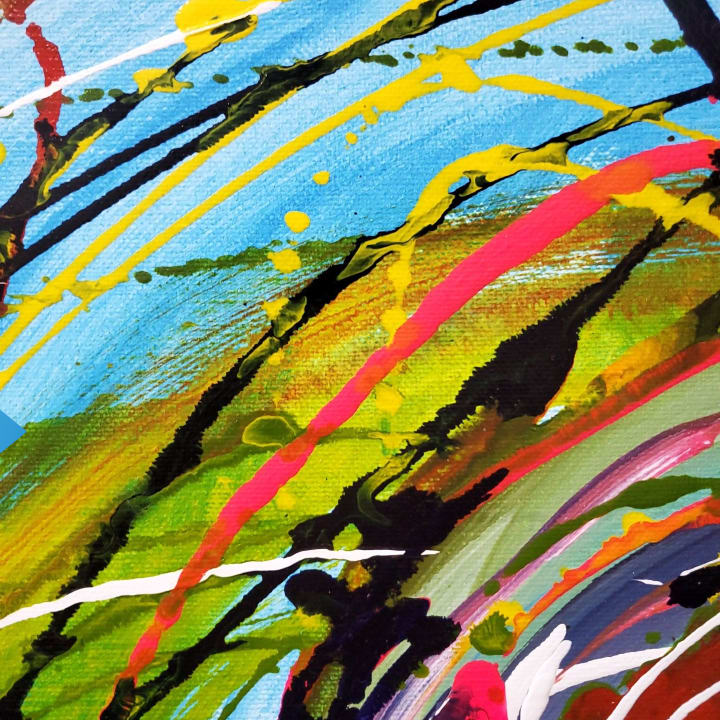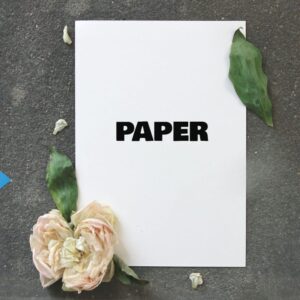
A quick guide on what to think about when preparing your artwork for printing.
It is important you follow these guidelines as any errors made are likely to cause a delay or cause unnecessary stress should the final print quality be sub-standard.
1. Check your files
Check your artwork for spelling mistakes, grammar and ensure all images used are high resolution.
Double check to make sure as any errors found will delay the turnaround of your product.
2. Bleed
Bleed is the extra bit of the design page which you design on, as normal, with the knowledge that it will be trimmed off the finished flyer.
Any images on your artwork should bleed off the page, and essential text should be away from the trim edge by a good few mm’s.
We use a 2mm bleed area on each edge.
3. Text
Keep essential text away from the edge of the flyer, by about 8-10mm for best results.
4. Print Resolution
Ensure your artworks resolution is at least 300dpi. The higher the resolution the better.
5. File Formats
If you are using un-common fonts, ensure you supply your artwork as a flattened jpeg or tiff. This will ensure there will be no font problems when your artwork is checked.
The most commonly accepted program formats are Quark, Illustrator, Photoshop, Corel Draw, Corel Paint, Freehand, InDesign and Paint Shop Pro. Vector files such as .eps and pdf’s are becoming more common and ensure a better end product.
6. Colours
Unless you have a calibrated monitor your artwork is likely to have slightly different colours when printed. Ensure your colour choices are correct before sending to print.
7. A Final Check
Before sending to your printer, have one more final check that everything is as expected.
WARNING
There are two things you should consider when designing your prints:
Due to the quick turn around of our flyers, they are trimmed down not long after they are printed, in most circumstances we try to give a printed sheet 8 hours to dry completely, this isn’t always the case. This is noticeable when one side of the print is left white, and the other side bleeds rich colour to the trim edge. This will cause slight powdering of the rich ink over, on to the white side. In this circumstance we recommend the use of borders.
Borders on the edge of a flyer, can sometimes give the flyer a classic look. But make sure the borders are a good few mm in from the trim edge, because of the way we print flyers (up to 32 at a time) and the speed at which we turn them round (from payment, to your door) these borders may not be an accurate trim to the exact 10th of a mm. This is why we ask for a 2mm bleed. The cutting blade could go either way. We cannot be held responsible for imperfect results if these borders are slightly uneven.
These are some of the things you have to check before you send your artwork to the printer for high-quality prints.
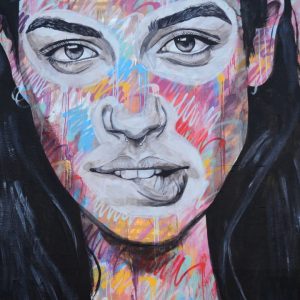





 The following are the most popular watercolor techniques that have been developed by the artist themselves:
The following are the most popular watercolor techniques that have been developed by the artist themselves:
